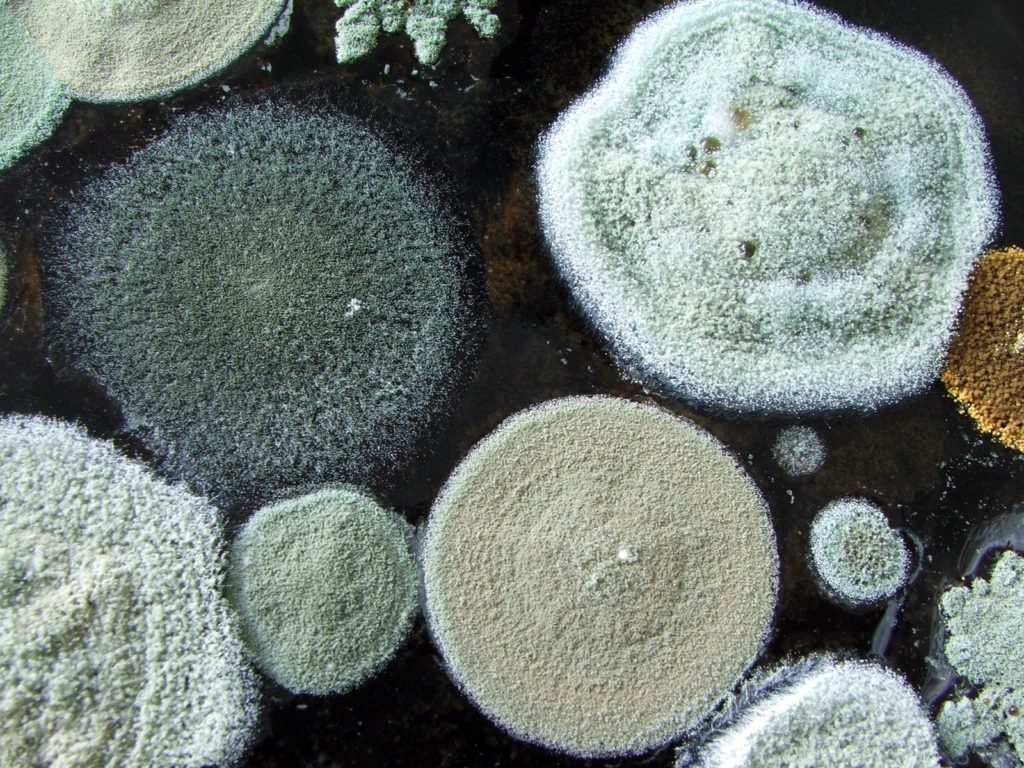
Heating systems can be dangerous. A recent gas leak at a hotel in Winnipeg sent nearly 4 dozen people to the hospital. The leak started in the hotel’s boiler room and caused 15 of the patients to be listed in critical condition from carbon monoxide (CO) poisoning. “Symptoms, such as nausea, vomiting, shortness of breath, a decrease in level consciousness” were reported. And although this is an unusual event making dozens of guests sick at the same time, it happens more times than you might think. In fact, the Centers for Disease Control reports that more than 400 Americans die every year from CO poisoning that is unintentional and not linked to fires. Another 20,000 of Americans visit the emergency room, with more than 4,000 hospitalized each year. And according to John Hopkins Medicine, “Most carbon monoxide exposures happen in the winter.” But these dangers can be avoided with radiant heating.
Carbon monoxide dangers at home
Sadly, you don’t have to be a hotel guest to feel the effects of CO poisoning. You can fall victim in your own home due to gas appliances, grills, stoves, furnaces, and more. CO can build up indoors as it is present in fumes and is produced whenever you burn fuel in any of these household items. The indoor build up can be a problem and poison people and pets as they breathe it in. This is especially true when poor ventilation exists. But you won’t even notice it. That’s because it’s colorless and odorless. This is why it’s so important to have a carbon monoxide detector in your home.
Furnaces and boilers pose safety problems
Furnaces and boilers can be especially dangerous. These heating systems, if faulty, are among the most common sources of CO poisoning. A poorly maintained boiler, for example, can develop carbon buildup that can partially block flames from rising to the flue. Older boilers and furnaces can be susceptible to these issues from simple wear and tear. Unfortunately, if they are not properly maintained, these heating systems can be compromised and develop deadly CO consequences. The lack of oxygen is one of the problems of a poorly maintained boiler as this hinders the combustion process, which creates CO as a byproduct. Other common defects in heating systems that can release CO include seams that leak, combustion chamber cracks, and exhaust piping cracks.
Older furnaces and boilers are especially dangerous
Although all gas burning furnaces and boilers produce a certain degree of carbon monoxide, producing huge amounts for extended periods of time can literally kill you. It prevents your body from getting the oxygen it needs. You can be especially vulnerable while sleeping on cold nights. The older your furnace or boiler, the more chances that problems will arise that can be dangerous to your family’s health. It’s important and recommended by the CDC that you schedule an annual tune up of your furnace or boiler with a qualified HVAC technician.
Thinking about replacement?
On the other hand, if you are concerned about the condition of your furnace or boiler, it may be time to replace it. The safety of you and your family is worth the investment. So, if you’re thinking about replacing your old, outdated, faulty, or compromised heating system, do yourself a favor and consider the advantages of radiant heating. In fact, using a Carbontec® heating system will give you peace of mind knowing that there is no need to install a boiler, radiators, ducting or any additional pipe work in order to operate it.
Heating the Carbontec® way
The Carbontec® heating system provides warmth through infrared radiant heating that works by transforming electricity into infrared heat energy. This heat energy warms the room as it’s beamed at solid surfaces such as ceilings or the floor.
Not only will you keep your family safe, you’ll save energy, space, and eliminate the disturbing noise that comes from radiators, pipes, pumps or boilers. Plus, you’re heating system will be more efficient and you’ll be more comfortable.
If you’re ready to consider a safer heating alternative, contact us. At Carbontec, we have a better way to heat your home or business.
